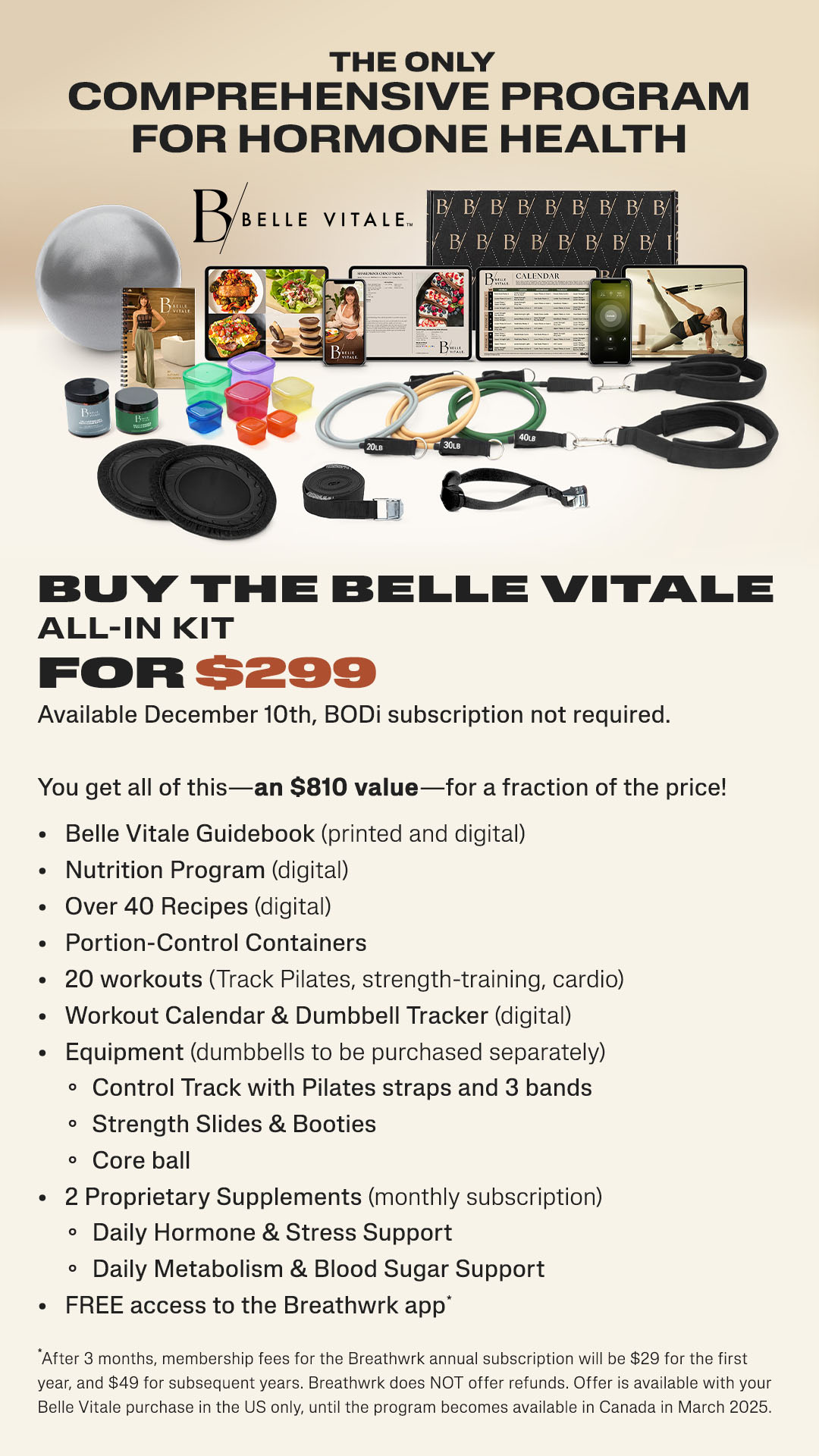Aquatic Exercise Heart Rate Zones - Heart Rate Monitors Make a Splash!
This is the third article
about using a Polar heart rate monitor as a fitness tool in aquatic exercise
classes and personal training.
Article One
· Article Two
In Part One, we learned the basics about heart rate monitors, and where to get one. In Part Two, we learned how to calculate an aquatic target heart rate and why aquatic heart rates are lower than comparable land-based exercise.
So, what else can a heart rate monitor do for you and other aquatic exercise class participants?
You can use it to tailor workouts to your fitness level, and to work out in the correct aquatic exercise zones. To understand how to do this, lets start by revisiting that target heart rate chart hanging on the pool wall
Such charts generally display 60 to 90% of maximum heart rate, for various age groups (20, 25, 30, and so on). For a 30 year-old, the 60 to 90% range is from 114 to 171 beats per minute. Thats a very wide range!
Lets take our understanding to the next level, with a better alternative to that wide range: To create tailored workouts, break the wide range into five smaller Heart Zones, each with its own benefits. This concept was created by world-class athlete and heart rate monitor guru Sally Edwards. Sally calls this multiple zone approach Heart Zone Training.
What are the five Heart Rate Zones?
Zone 1 – the Healthy Heart Zone: 50 to 60% of Maximum Heart Rate
For beginners
For recovery sessions for fitter people
For after lay-off or injury
Land example: easy walk
Zone 2 – the Temperate Zone: 60 to 70% of Maximum Heart Rate
Moderate, comfortable exercise
Burns high percentage of fat
Gains muscle mass
Increases resting metabolism
Land example: Brisk walk or easy jog
Zone 3 – the Aerobic Zone: 70 to 80 % of Maximum Heart Rate
Cardiovascular improvements
Increased size and strength of heart
Increased blood pumped with each heartbeat
Increased ability to deliver oxygen to muscle
Increased size and number of blood vessels
Endorphins released
Land example: Step aerobics class
Zone 4 – the Anaerobic Zone: 80 to 90% of Maximum Heart Rate
Improves tolerance to lactic acid
High performance training
Land example: Race pace, time trials
Zone 5 – the Redline Zone: 90 to 100% of Maximum Heart Rate
Near max
Near total exhaustion
Land example: Sprints to finish line in a race
How do I calculate the five zones for aquatic exercise?
1. Use the Best Fit Formula from Part 2 of this series to estimate maximum heart rate.
2. Calculate the five Heart Zones for land exercise, by applying the percentages for each Heart Zone against the estimated maximum heart rate from Step 1.
3. Subtract 13% or 17 Beats per minute from each land Heart Zone, to calculate the five aquatic Heart Zones.
How else can monitors help?
Many of today’s heart rate monitors have a number of features that are especially well suited to Heart Zone Training in multiple smaller zones:
Programmable zones
Above and below zone
alarms
Records exercise time
Records time in zone, above zone, below
zone
Additional conveniences include:
Calculates calories burned during workout
Wristwatch functions such as day, date, night light
Sports watch functions
such as laps/splits
Ability to upload monitor data to a personal computer,
to track progress
Joanne Maybeck is a fitness instructor and personal trainer in New York City. She is certified by ACSM, ACE, AEA, and AAAI/ISMA. Joanne presents the CEC workshop Aquatic Heart Zone Training and will soon offer on-line heart monitor education. She believes in training with heart! For more about Joanne, please visit her Internet web site or email her at FitNYC@aol.com





